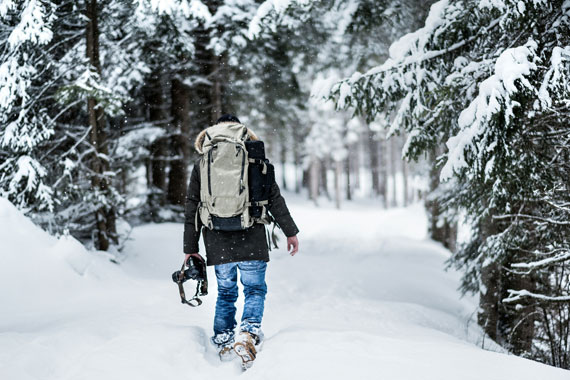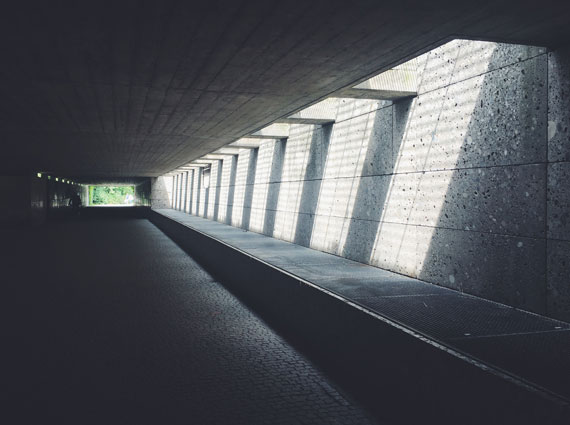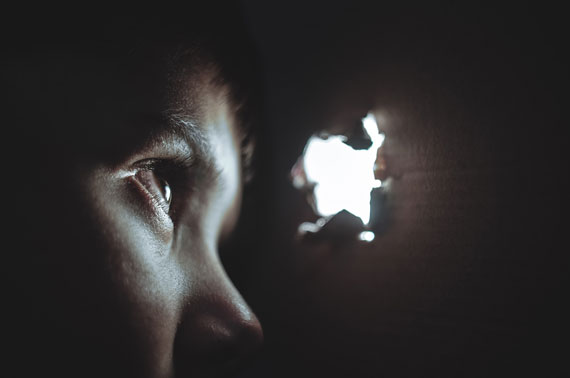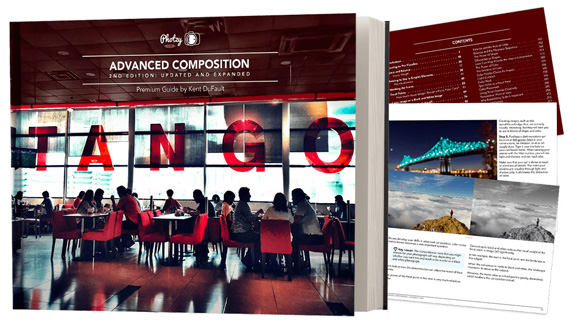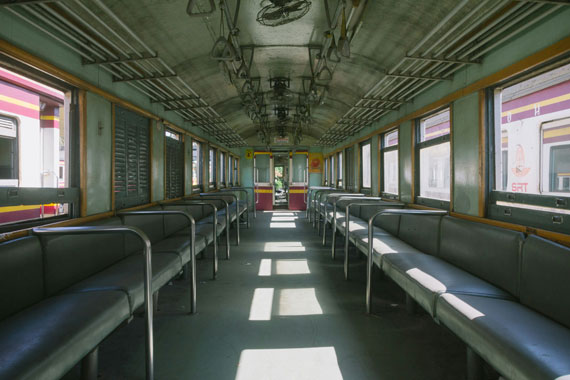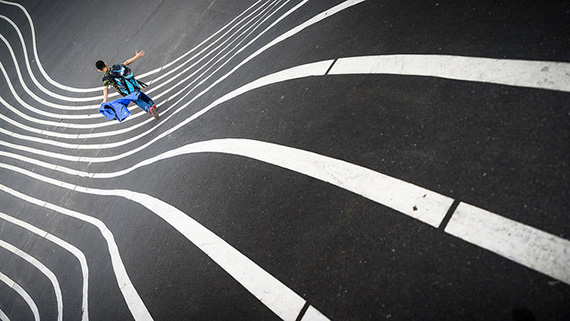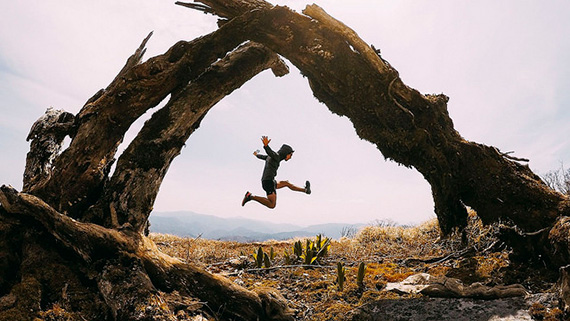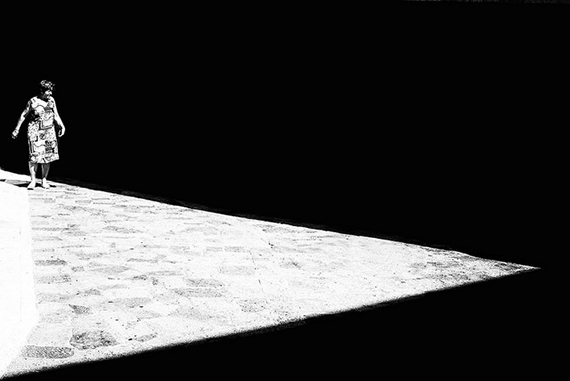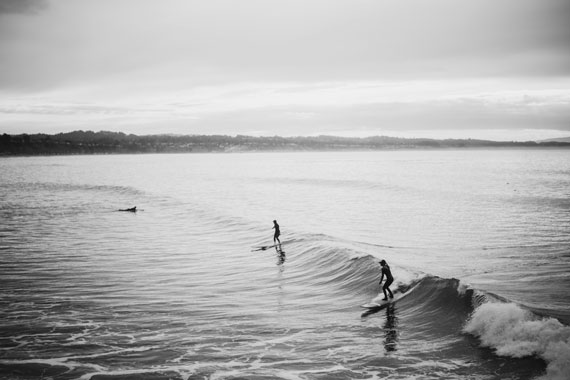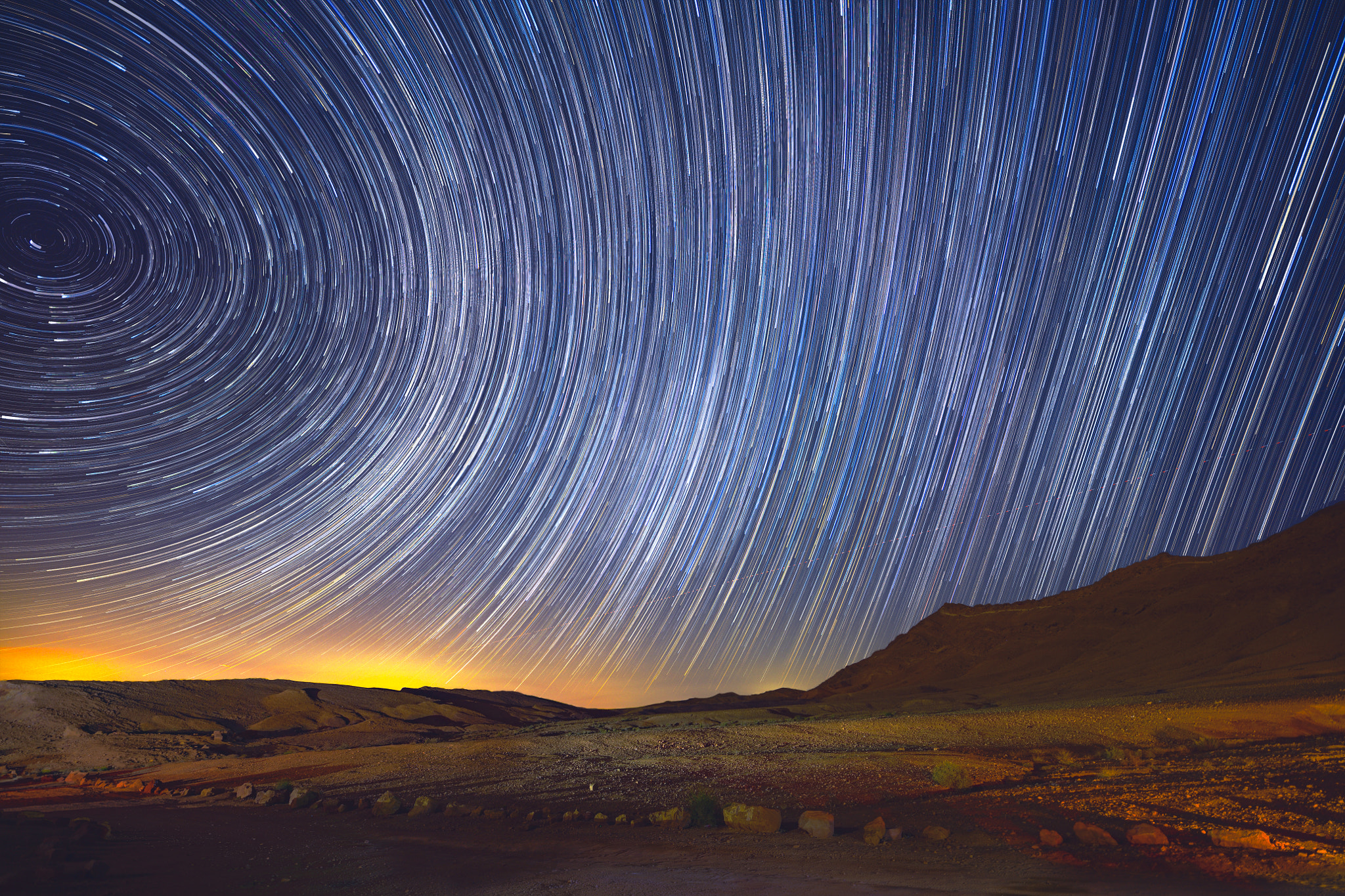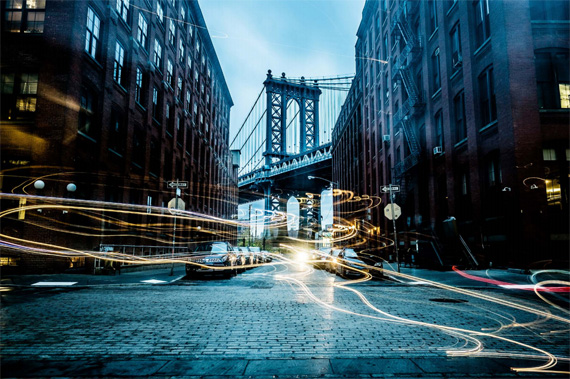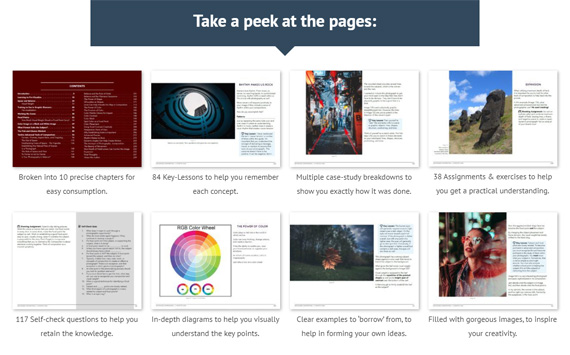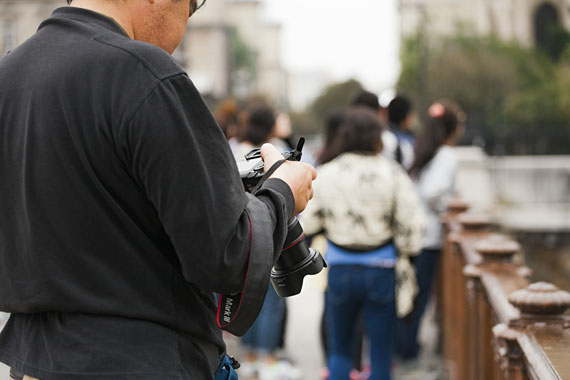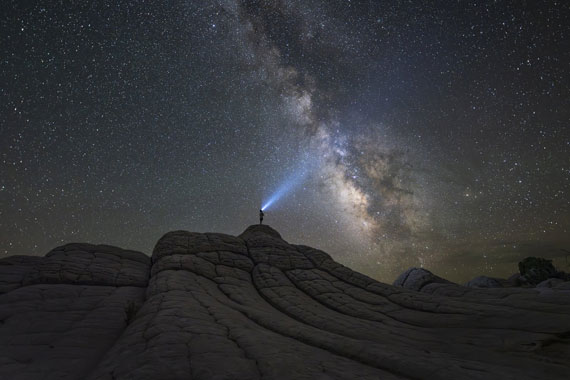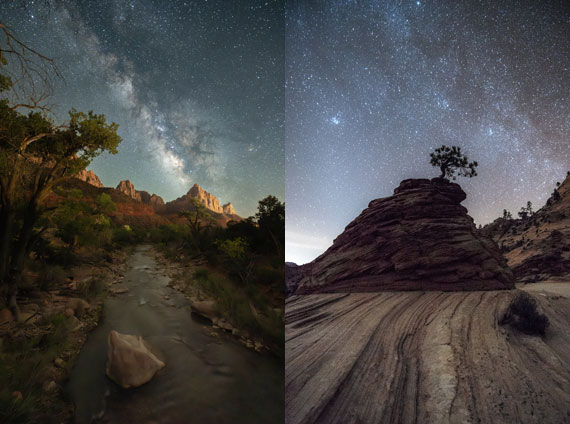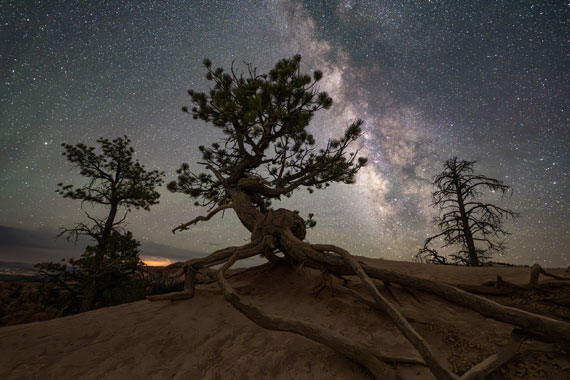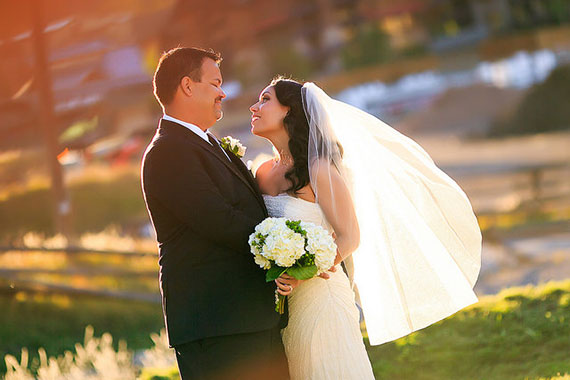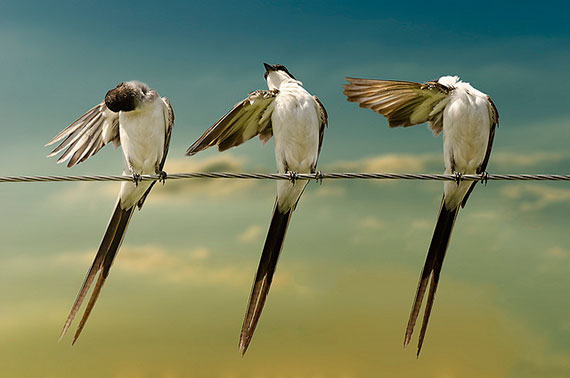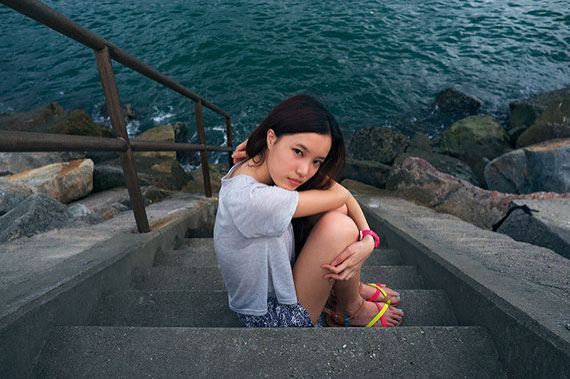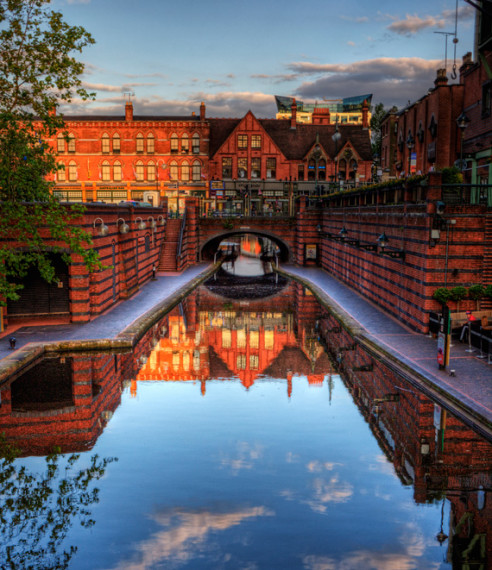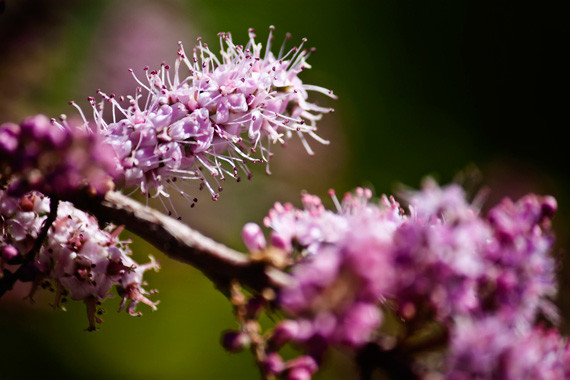It’s easy to be swept away by the technical demands most cameras require. But as a new photographer, it’s critical that you develop your composition skills. Your ability to compose a powerful, visually captivating image is one of the most important keys to a great photograph.
So how do you begin?
First, let’s dive into what composition is and what composition isn’t. Many beginners get the wrong notion of the skill and as a result find improvement difficult, if not impossible.
What is Composition?
To start, composition is not a series of rules or testaments you must follow. The rule of thirds, leading lines, and simplicity are all guidelines with one sole purpose: to get you to see what you were previously blinded to.
Each “rule” makes us aware of a specific visual cue. The rule of thirds, for example, teaches us to see our frame in three separate sections, vertically and horizontally. Leading lines opens our eyes to all the visual lines around us.
Herein lies their fault.
If we rely solely on 4, 7, or 11 composition rules, we’re allowing our vision to be limited. Instead, use these composition rules for what they’re meant for—opening our eyes.
So how do you open your eyes up to as much visual beauty as possible? And how can you do it quickly, being new to the art of composition?
This post will serve to guide you along just that path. You’ll be given a few simple but effective ways for opening your eyes and, consequently, improving your compositions.
1. Become Aware of Visual Space
Each and every shot you take is comprised of visual space. You have your subject, background, foreground, and secondary elements.
It’s the arrangement of these that determines how viewers respond.
Most newbies compose photos the following way: they see a subject, point their camera at the subject, and snap their picture.
Consequently, these compositions tend to have the subject dead center with little attention to the background, foreground, or objects to the left or right. As a result, the image tends to look cluttered and hard to follow.
Your first step to improving your compositions is simple. Become aware of all the visual space within your frame.
Find the subject you want to capture and then make it a point to observe all elements within your frame.
What objects are to the left of your subject? How about the right? Above? Below?
What colors are present? Which grab the most attention? Which fall under the radar and are obscured?
Awareness begins the process of change. By becoming aware of all of these elements within the frame, you start to recognize visual space. This recognition allows you to better control it.
You cannot change what you do not know exists.
So start simple by exploring the visual world around you. When you see a great photograph or work of art, analyze it. What did the artist do with the space they were given?
The fact is that all photographers have the same approximate viewfinder. It’s only a select few, however, that can turn this empty space into something breathtaking.
Great composers understand that control over this visual space is the key. You too want to control this space. Control over visual space allows you to guide the viewer exactly how you’d like. You dictate what draws their eyes. You dictate what they look at first. And you dictate how they’ll emotionally respond.
When you understand how to control and guide your viewer, taking great compositions is really quite intuitive.
There are several techniques that allow you to do just that. Let’s explore one more of them.
2. Find and Accentuate Patterns
Without light, you have a 100 percent black frame. As you add light, lines and shapes begin to emerge. And with this, patterns.
Finding and responding to visual patterns is a natural habit of our minds.
Objects of the same size, color, shape, or light intensity tend to get categorized as similar. This allows our mind to float right past these similar elements along to the next piece of visual novelty.
What happens when you look at a tree? There are thousands upon thousands of leaves but your mind filters this excess and renders a shape—the typical tree bush outline children draw in grade school.
When our minds look at a photograph, however, patterns become much more difficult to find.
Without the ability to see “depth” in an image, everything is compressed into one dimension. If the image is not composed so that this one dimensional shot is easy to grasp and utilizes patterns, many will skip right past it.
The way to avoid this is to compose without clutter.
Patterns are everywhere around you. Becoming more aware of these patterns makes composition so much easier.
Patterns create simplicity which makes viewers find your photograph more easy to digest. By luring viewers in with a pattern, you can then guide them from corner to corner, allowing them to explore the subtleties of your image.
3. Make Entry Easy
The most difficult task of a composition is getting your viewer “into” the frame. Once this is accomplished, everything else is secondary.
Fortunately, the use of lead-ins makes this process quite simple.
Lead-ins are simply visual cues that guide viewers into the content of your frame. They are constructed the same way that you would construct a lead-in in the physical, real world.
If you want to make your home look inviting, do you leave the door opened or closed? When saying hello to a friend, do you cross your arms into horizontal barriers or open your arms into a diagonal visual, producing imaginary lines toward your body?
Lead-ins guide the viewer from the corners of the frame toward the inner areas. They tend to form imaginary lines that guide viewers.
A foreground figure looking towards the center of the frame is a typical example as is a silhouetted archway leading viewers to look within the outlines contents.
The use of lead-ins makes compositions easier to grasp as they give a quick, easy path for viewers to follow. Instead of observing the image and trying to determine what to look at, viewers intuitively follow the lead-in. This makes visual communication easier and more efficient.
Nevertheless, even the best lead-in will not save a photograph that’s too complex for viewers to grasp.
4. Keep the Image Simple No Matter How Complex Your Composition
It’s easy to take photos with dozens of varying elements within your frame. Capturing an image with several elements carefully structured into a cohesive, simplistic whole is much more difficult.
As Michael Freeman said, ““The ability to bring order from chaos has become one of the skills most admired in photography.”
So how do you compose images with simplicity?
To start, remember that your photograph is comprised of visual space. And not all of this visual space is equal. Some elements will carry more weight than others.
And most varying elements will clash with one another.
Several varying colors will compete for attention as will several objects of different shapes, sizes, and depth.
By eliminating multiplying varying elements and focusing on a few, you simplify your image.
Although photography is quite different from theater, your camera should work to act as somewhat of a “spotlight”. Use it to isolate a specific theme—a unique pattern—and minimize the details of everything else.
So how do you isolate, outside of using a shallow depth of field or perspective?
5. Seek Out and Control the Strongest Visual Cues
When many think of simplicity, the thought of shallow depth of field and perspective usually come to mind. Shooting from below or above work great to reduce background clutter and focus the viewer’s attention on your subject.
With that said, strong visual cues are much more influential over simplicity.
Extremely bright colors, light traps (areas of extreme brightness surrounded by darker areas), and strong shapes are all examples of strong visual cues that naturally draw our eyes.
Strong visual cues, no matter if they’re in the background of a shallow depth of field image shot from above, will steal all the attention.
When you have multiple strong visual cues combined together within one frame, you tend to produce confusion and avoidance.
Avoid this by ensuring that the strongest visual cue is your primary subject.
If other secondary elements have strong visual cues, work to eliminate or minimize them through your composition. Stand on your toes, crouch down, or use a different focal length that will remove these visual cues.
This will simplify your image and produce that “spotlight” effect that guides viewers to exactly what you want.
6. Think in Terms of the Frame
Here’s a quick little composition check. When you go out and take photographs, what do you set as the four corners of your frame?
If you’re like most, you rely on your camera’s viewfinder to do this. While convenient, forcing yourself to see the world through your camera viewfinder robs you of control and creativity.
You are essentially following your camera’s “frame” guidelines and trying with all your might to fill this frame with what can be labeled a “beautiful” composition.
This is all wrong.
Instead, see the world around you and find exactly what you want to capture. Where do you want the four corners of the frame to be?
Once you’ve decided this, use your camera as what it is—a tool. Capture the image and visualize the exact aspect ratio. Although your camera may not create the aspect ratio you desire, a quick crop in any photo editor can fix this in seconds.
7. Leave Room for Interpretation
We’ve focused quite a bit on controlling the visual experience of your viewers. While this may seem to be a strange approach to photography, composition is nothing more than the design of a user’s visual experience. Great designs create great photographs.
With that said, a great composition is more than just an image filled with directions. The true art to composition is in ambiguity.
Yes, you want to compose to guide your viewer into your frame. Yes, you want to simplify your arrangement so as not to confuse and annoy. But you also want your viewer to be an active participant in your visual work.
An image that is easy to grasp is often just as boring as a complicated image that’s too difficult. Great compositions, while usually visually simple, contain an element of ambiguity. An element of intrigue. An element that, if you asked 1,000 people about, you’d get 1,000 unique interpretations.
It’s here where true beauty shines. For beauty, as they say, is in the eye of the beholder.
About the Author:
Alphonso Sanchez, founder of IrisMasters, shows others how to open their eyes to the breathtaking photo opportunities all around them.
- - - - - - - - - - - - - - - - - - - - - - - - - - - - - - - - - - - - - - - - - - - - - - - - - - - - - - - - - - - - - - - - - - - - - - - - - -
This post A New Photographer’s Guide to Composition appeared on PictureCorrect.
from PictureCorrect https://ift.tt/Qx5J1TH
via
IFTTT
